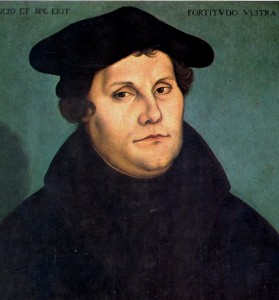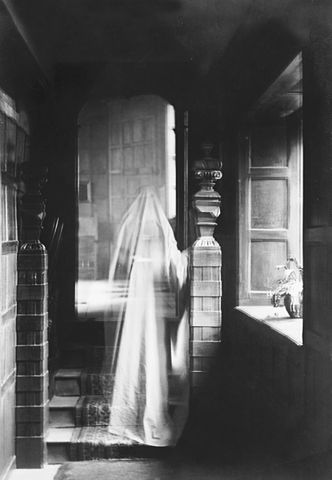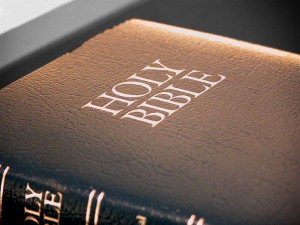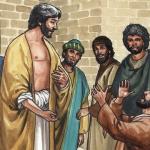“It is better that one man should die, rather than the people.”
should die, rather than the people.”
This was the prophecy from the high priest Caiaphas, as quoted by the John in the 18th chapter of the fourth Gospel.
And it is Caiaphas who questions Jesus about His divinity in Matthew 26:57-64, before turning Him over to Pontius Pilate to be crucified.
Those who had seized Jesus led Him away to Caiaphas, the high priest, where the scribes and the elders were gathered together. But Peter was following Him at a distance as far as the courtyard of the high priest, and entered in, and sat down with the officers to see the outcome.
Now the chief priests and the whole Council kept trying to obtain false testimony against Jesus, so that they might put Him to death. They did not find any, even though many false witnesses came forward. But later on two came forward, and said, “This man stated, ‘ I am able to destroy the temple of God and to rebuild it in three days.’” The high priest stood up and said to Him, “Do You not answer? What is it that these men are testifying against You?” But Jesus kept silent. And the high priest said to Him, “I adjure You by the living God, that You tell us whether You are the Christ, the Son of God.” Jesus said to him, “ You have said it yourself; nevertheless I tell you, hereafter you will see the Son of Man sitting at the right hand of Power, and coming on the clouds of heaven.”
Now, Israeli scientists believe they have discovered the ossuary which contains the bones of the Jewish leader. The Christian Post reports that the ossuary, or burial box, was recovered from looters three years ago by the Israel Antiquities Authority. To the surprise of investigators, it bore an inscription mentioning the names of “Miriam,” “Yeshua” and “Caiaphas.”
The full inscription on the ossuary reads: “Miriam daughter of Yeshua son of Caiaphus, priest of Maaziah from Beth Imri.”
Maaziah is a clan name connected to an order of high priests who lived between the first century BCE and the first century AD, according to Yuval Goren, an archaeology professor fromTelAvivUniversitybrought in to help authenticate the ossuary.
“Beyond any reasonable doubt, the inscription is authentic,” Goren said in a press release from the university.
Researchers also believed that Beit Imri, if not the name of another priestly order, may actually be a reference to where Caiaphus’ family lived before they migrated to Galilee.
Read the rest here.
















